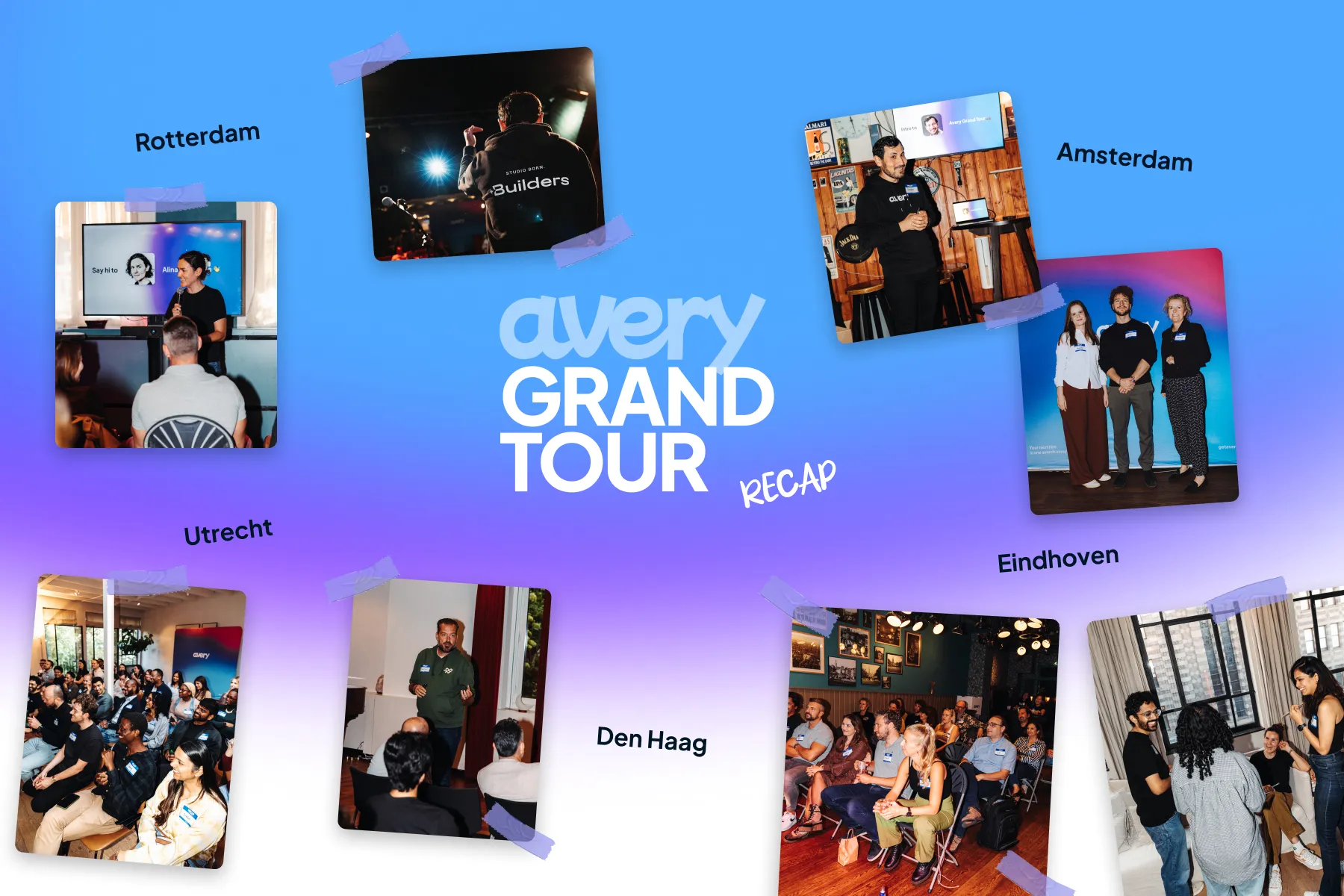Rethinking talent pipelines: why skills-first strategies are revolutionizing hiring
Article created in collaboration with Joey Koksal, Senior Global Talent Acquisition Manager & HRBP at EVBox
Traditional talent pipelines are failing because they chase roles instead of skills.
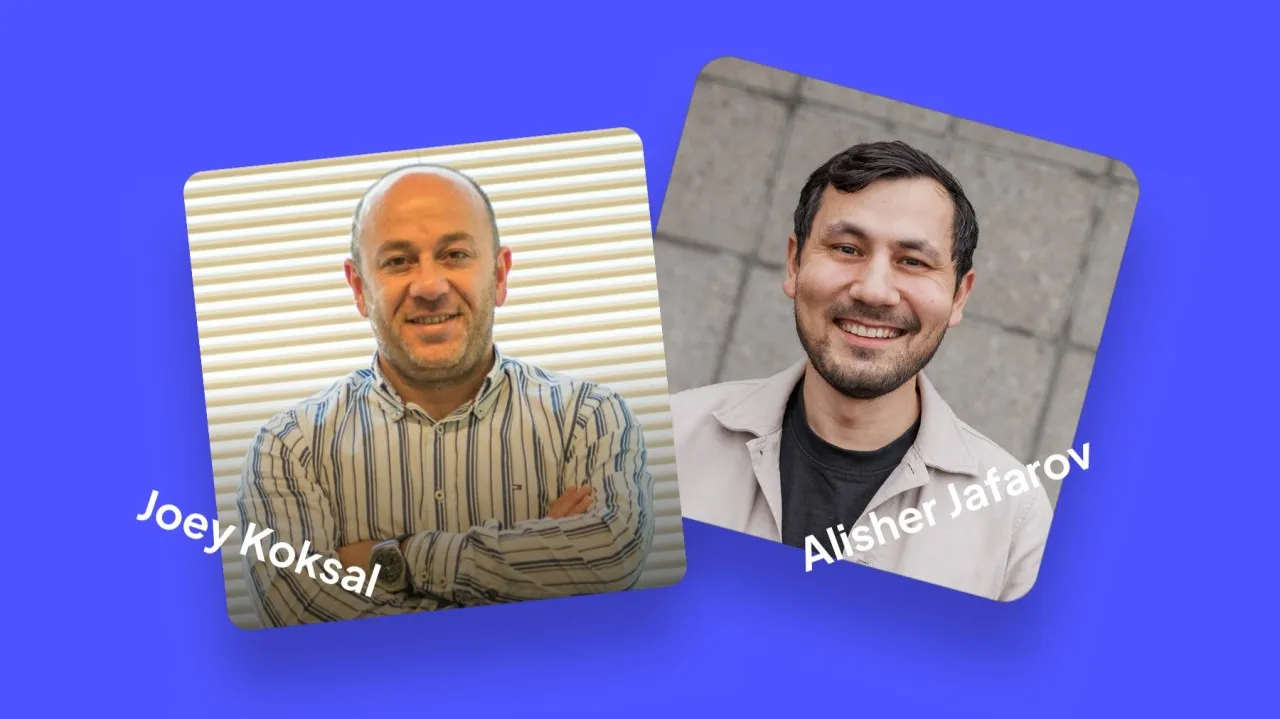
Traditional talent pipelines are failing because they chase roles instead of skills. Organizations that pivot to skills-first, borderless pipeline strategies are seeing 60% faster shortlisting, 30% better retention, and six-figure cost savings, while those clinging to outdated approaches risk missing 30-40% of their future-fit talent.
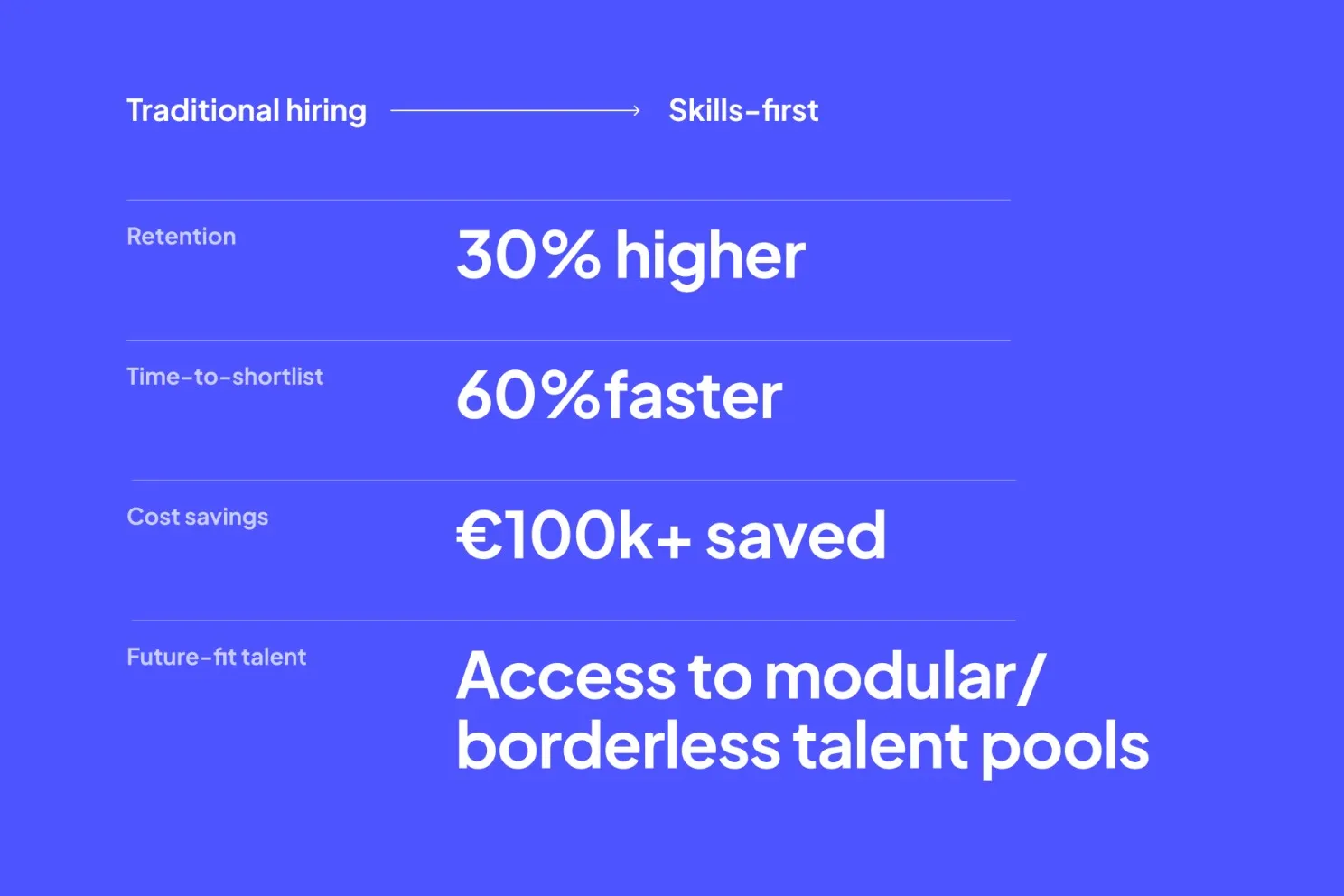
The talent pipeline playbook that worked five years ago is now obsolete. While 72% of CEOs cite talent availability as a top threat to organizational health, most companies are still building pipelines around the wrong foundation entirely.
"Pipelines often chase roles, not skills," explains Joey Koksal, a Strategic Talent and HR Executive with over 15 years' experience transforming pipeline strategies for global organizations. "This fundamental misalignment is why so many companies struggle with reactive hiring cycles."
Joey recently helped a global company escape this trap by refocusing their entire approach on critical skill pools rather than specific job openings. The result? A 60% reduction in time-to-shortlist and dramatically improved hire quality across three international markets, all by shifting from reactive job-posting to proactive talent mapping.
This skills-first revelation addresses a core challenge in modern workforce planning. Organizations conducting rigorous demand versus supply analysis often find themselves asking the wrong questions. Instead of "What roles do we need to fill?" the question should be "What critical skills will drive our strategic objectives?", and then building talent relationships around those capabilities.
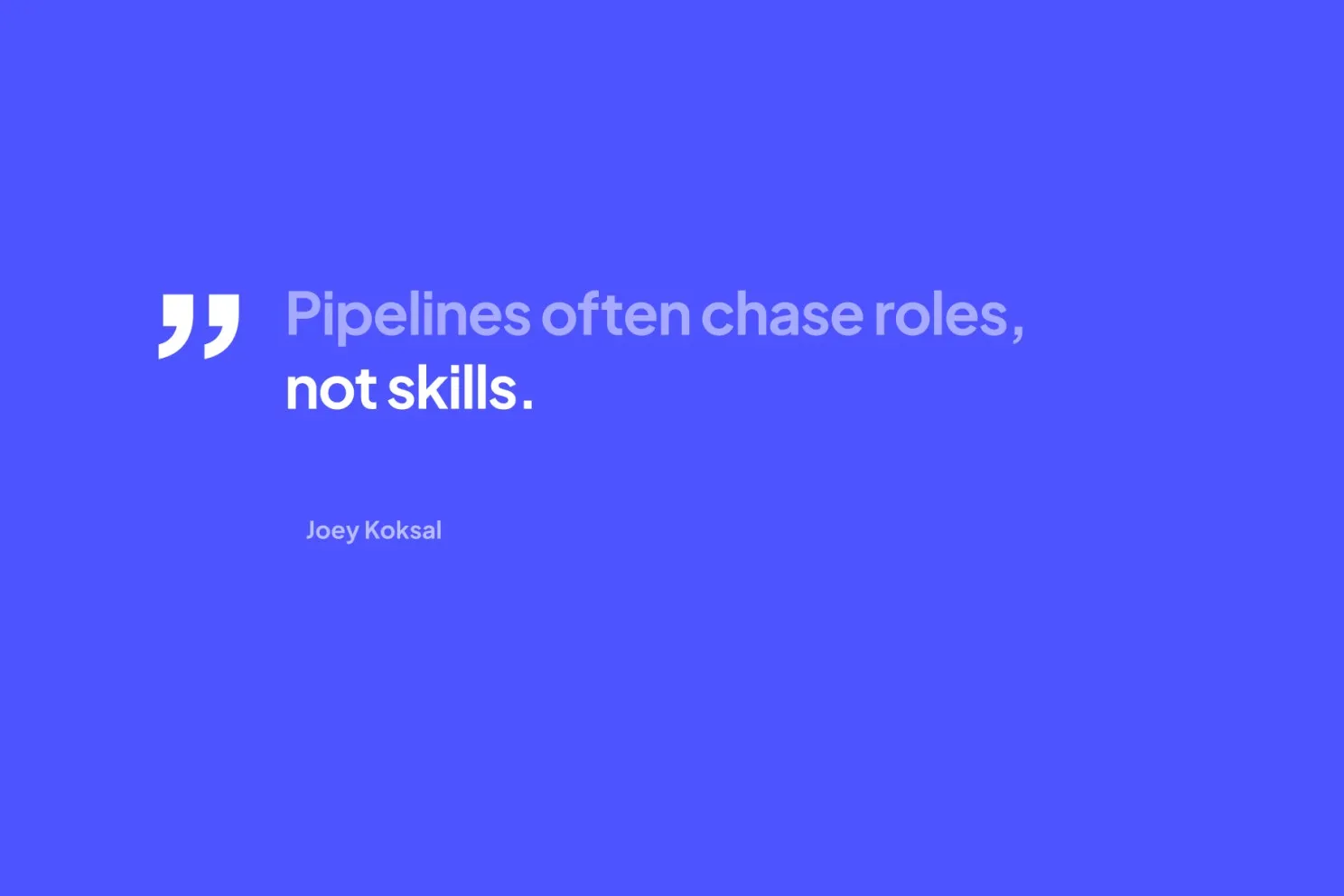
The modular, borderless pipeline revolution
The workplace transformation of 2020-2025 has fundamentally altered how talent pipelines must operate. Remote work and skills-first hiring are demanding what the expert calls "modular, borderless pipelines", a radical departure from traditional location-based, role-specific approaches.
"Successful firms now personalise outreach by career stage and skill potential, not CVs," Joey notes.
This represents a seismic shift from the standard five-stage recruitment process that typically begins with candidate sourcing through job sites and social media platforms.
One of Joey's clients pioneered this approach by implementing scaled asynchronous video introductions, doubling engagement from passive candidates. This innovation recognizes that the best candidates, those excelling in their current roles, require fundamentally different engagement strategies than active job seekers.
The traditional multi-channel sourcing strategy, while still valuable, must evolve beyond LinkedIn outreach and employee referral programs. Joey points to an emerging trend that will reshape talent acquisition over the next 18 months: pipeline decentralization.
"Expect talent pipelines to decentralise. Peer referrals, alumni re-engagement, and learning partnerships are becoming core sourcing channels," he predicts. "Firms ignoring this shift risk missing 30–40% of their future-fit talent."
This prediction aligns with research showing that referred candidates often integrate seamlessly into company culture and tend to perform well, but extends the concept beyond traditional employee networks to encompass broader professional ecosystems.
The technology stack that actually matters
In an era of endless HR technology options, Joey cuts through the noise with a clear hierarchy:
"Must-haves: skills intelligence, sourcing automation, pipeline analytics. Everything else is nice-to-have."
His SaaS client exemplifies this focused approach. By adopting AI-matching technology to mine "silver medalists", high-quality candidates who previously came close but didn't get hired — they filled five priority roles, saved over €100,000 in agency spend, and achieved two-month faster hiring cycles.
This success story validates the growing trend toward AI-powered recruitment technologies that help organizations move beyond basic applicant tracking systems. The integration of sophisticated sourcing methodologies with Boolean search techniques and programmatic job advertising creates precision targeting that was impossible with traditional methods.
However, Joey emphasizes that technology alone isn't the answer. The most advanced systems fail if the underlying strategy remains flawed, which brings us back to the fundamental skills-versus-roles distinction.
Retention starts before the offer
Perhaps the most counterintuitive insight concerns retention strategy. While comprehensive retention frameworks typically focus on the post-hire experience, Joey argues that effective retention begins much earlier in the pipeline process.
"Retention starts before offer. Build growth signals into outreach — not just role details," he advises. This approach recognizes that 69% of employees are more likely to stay with a company for more than 3 years if they receive an excellent onboarding experience, but extends that logic backward to the initial candidate contact.
His most overlooked retention tactic? "Peer-led candidate conversations." By adding informal team walkthroughs before offers, one biotech client boosted 12-month retention by 30%. This strategy addresses the critical importance of cultural integration and belonging, one of the five pillars of retention excellence—before the hire decision is made.
This peer-conversation approach creates authentic connections that position the organization as a valuable career partner rather than an opportunistic recruiter. It also helps candidates understand not just the role, but the broader professional ecosystem they'd be joining.
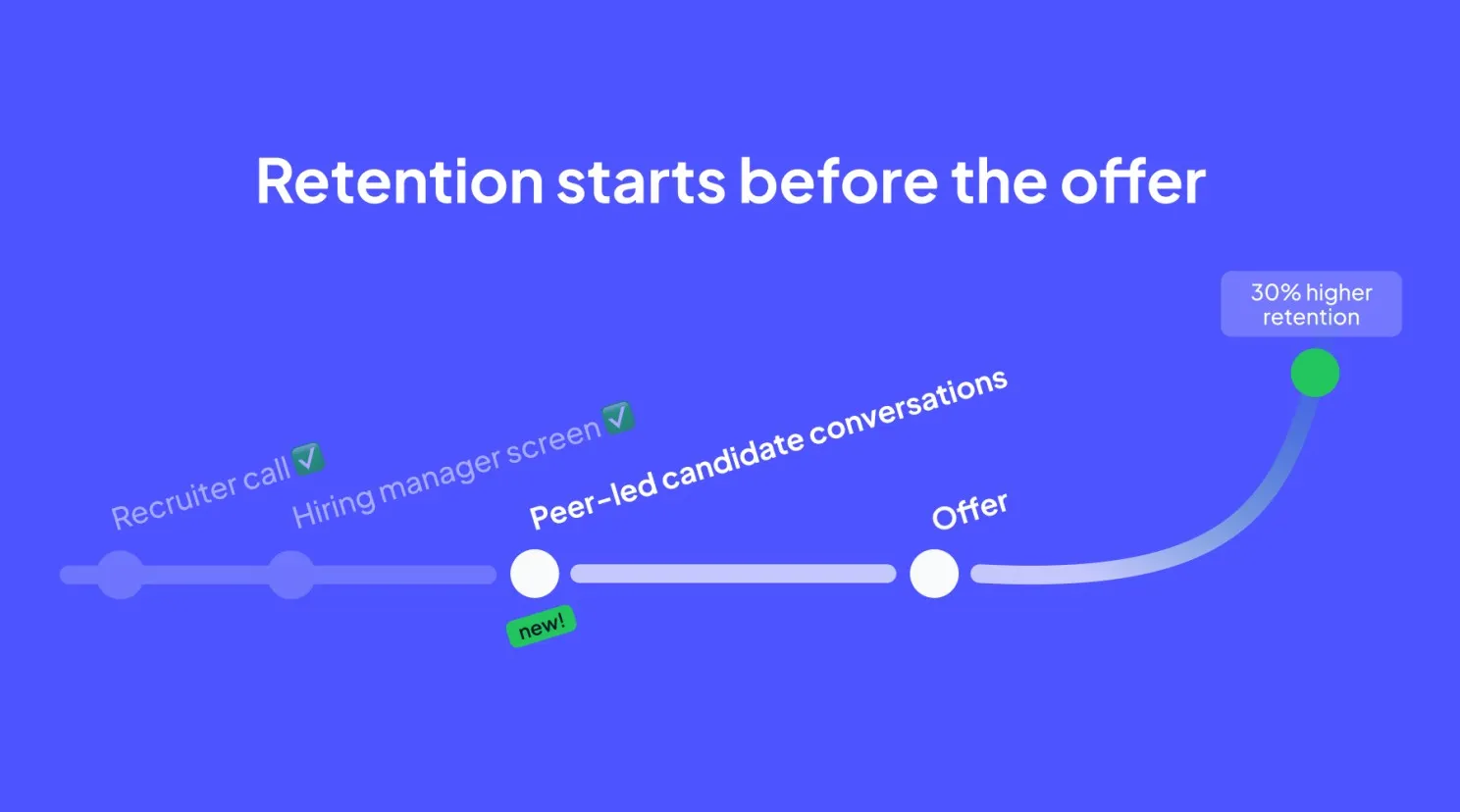
The KPI that predicts success
While most organizations obsess over time-to-hire metrics, Joey focuses on a more predictive indicator: "conversion velocity" of high-scarcity skill groups.
"When top talent lingers mid-funnel, it's a red flag," he explains. "Use it to spot misalignment early, saved one client months of wasted sourcing effort."
This metric goes beyond traditional recruitment KPIs like cost per hire and quality of hire. It recognizes that the most critical talent often has the most options, making their progression through the pipeline a key indicator of strategy effectiveness.
The concept aligns with advanced analytics showing that talent management initiatives deliver substantial returns, with research indicating ROI ranging from $3 to $12 for every dollar spent. However, these returns depend on focusing measurement on the right indicators.
The message-market fit problem
Joey's most direct diagnostic tool is surprisingly simple: response quality in first outreach.
"If top talent ignores or disengages early, it's not your volume, it's your message. Early drop-off always reflects poor value alignment, not lack of effort."
This insight cuts to the heart of passive candidate engagement strategy. Rather than leading with job openings, successful engagement requires understanding candidate motivations, current challenges, and career aspirations. Koksal's emphasis on "storytelling" and value alignment reflects this candidate-first communication approach.
Organizations often mistake low response rates for market saturation or compensation issues, when the real problem is message-market fit. The most sophisticated sourcing channels and Boolean search techniques fail if the initial value proposition doesn't resonate with target candidates.
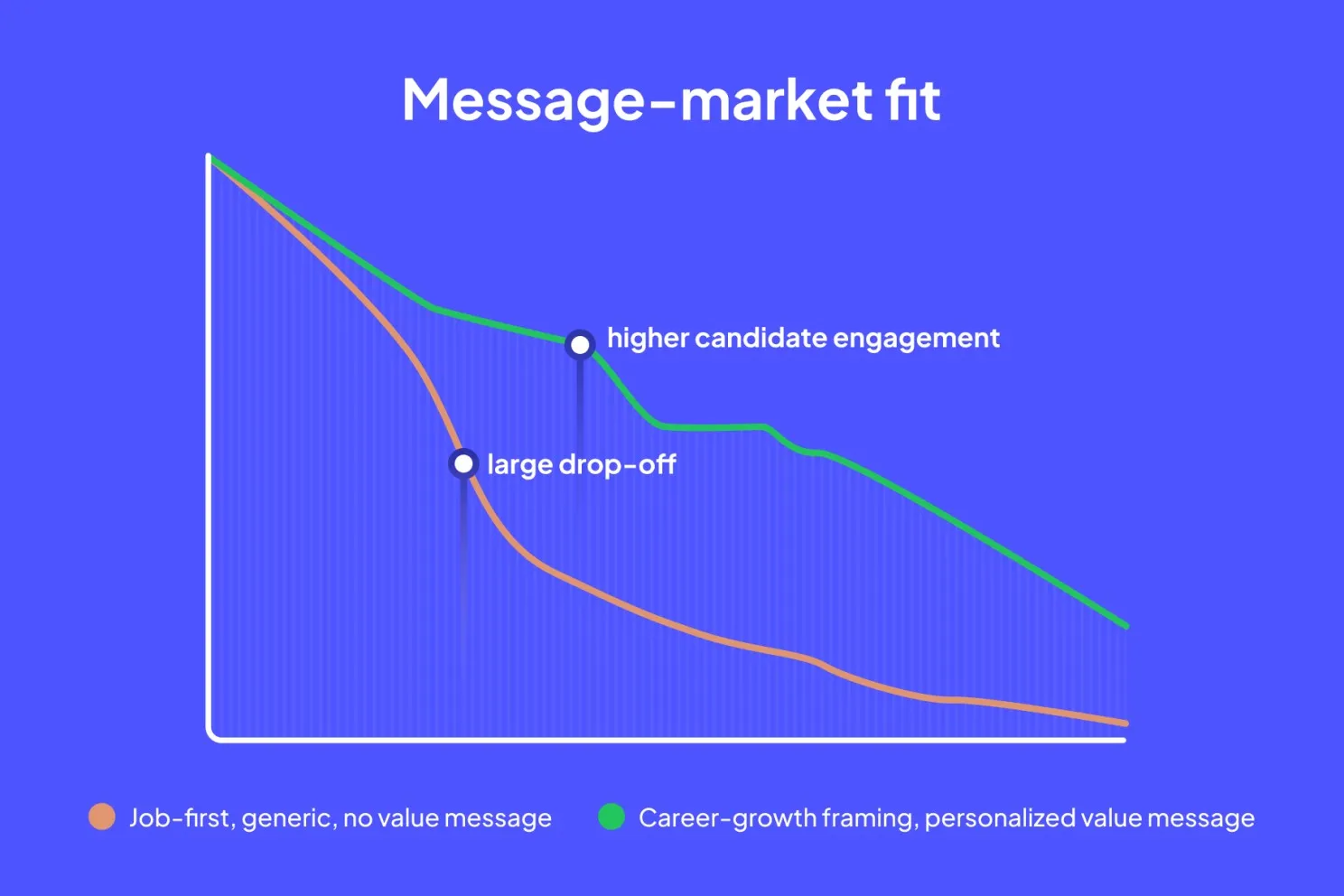
Launching your first pipeline program
For organizations ready to build their first systematic pipeline program, Joey offers three foundational principles:
- Start with business-critical skills. This echoes the skills-versus-roles distinction and ensures pipeline efforts align with strategic workforce planning. Organizations should identify critical skills gaps and develop data-informed strategies around those capabilities rather than current job openings.
- Design for scale and flexibility. The modular, borderless pipeline concept requires architecture that can adapt to changing business needs and market conditions. This includes implementing talent frameworks that provide robust foundations for defining, managing, and developing skills across the organization.
- Embed storytelling. "The best talent won't enter a pipeline unless they believe the journey is worth it." This recognizes that pipeline building is fundamentally about relationship development and value creation, not just candidate collection.
These 3 principles address the phased implementation approach that most successful organizations follow, from foundation building through pilot programs to full-scale optimization.
The strategic imperative
Joey's insights reveal a talent acquisition field in rapid transition. Organizations clinging to role-based, reactive hiring strategies face increasing disadvantage as the most forward-thinking companies build skills-first, relationship-driven pipelines.
The transformation requires more than new technology or updated processes, it demands a fundamental shift in how organizations think about talent relationships. Success belongs to those who can build authentic, value-driven connections with critical skills communities, regardless of current job status or geographic location.
As Joey notes, the stakes are clear: adapt to skills-first, borderless pipeline strategies, or risk missing the majority of your future-fit talent. In a market where talent availability threatens organizational health, that's a risk few companies can afford to take.

